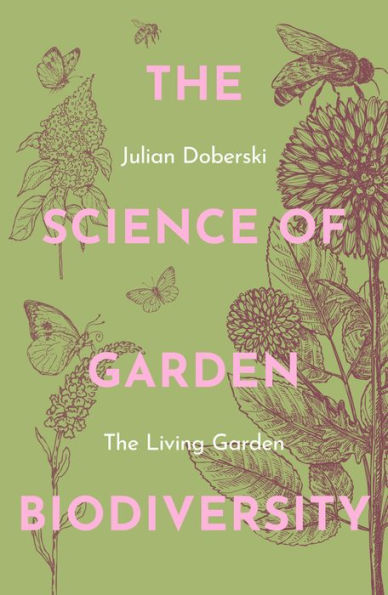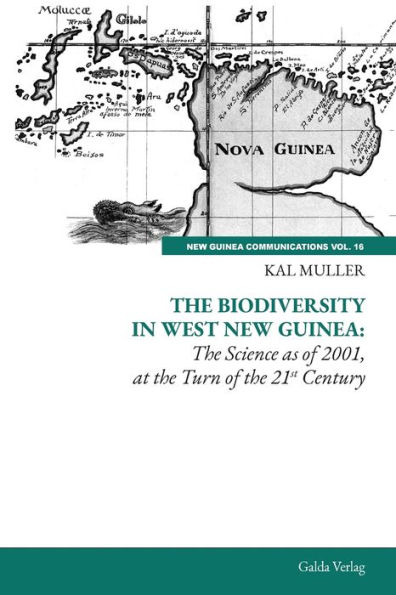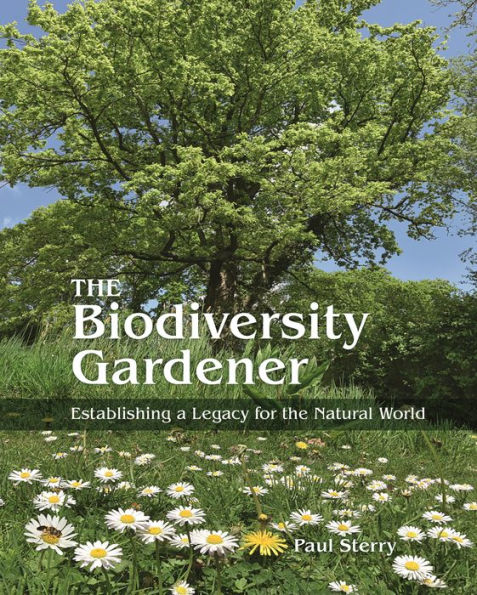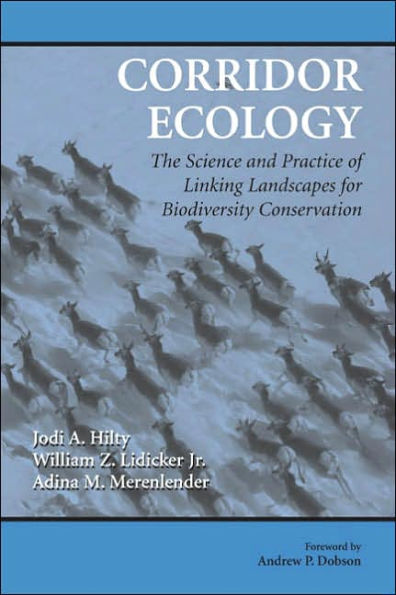Home
The Science of Garden Biodiversity: The Living Garden
Barnes and Noble
Loading Inventory...
The Science of Garden Biodiversity: The Living Garden
Current price: $14.95

Barnes and Noble
The Science of Garden Biodiversity: The Living Garden
Current price: $14.95
Loading Inventory...
Size: OS
*Product information may vary - to confirm product availability, pricing, shipping and return information please contact Barnes and Noble
You step out of the back door into the garden. There may be a few birds flitting around, perhaps butterflies or bumblebees on the wing. But often the garden can seem very still. But if you look beyond the superficial inactivity there is an ecological web of wildlife to explore, to understand and then to encourage more biodiversity.
The Science of Garden Biodiversity: The Living Garden
shows how data and science can help to dispel myths, such as that a garden fit for wildlife must be ‘wild’ and that you must grow native plants. It also provides an understanding of how diverse life can be in gardens and how gardens work. And along the way there are scientific ‘signposts’ to better wildlife gardening. Julian Doberski explains the role of 'small things' - microorganisms and invertebrates - that are fundamental to the ecological functioning of gardens.
Learning more about the ecology of a garden helps us understand and appreciate what makes a garden a refuge for wildlife and how following the science may lead to a more thoughtful and constructive approach to gardening and garden design and garden planting.
The Science of Garden Biodiversity: The Living Garden
shows how data and science can help to dispel myths, such as that a garden fit for wildlife must be ‘wild’ and that you must grow native plants. It also provides an understanding of how diverse life can be in gardens and how gardens work. And along the way there are scientific ‘signposts’ to better wildlife gardening. Julian Doberski explains the role of 'small things' - microorganisms and invertebrates - that are fundamental to the ecological functioning of gardens.
Learning more about the ecology of a garden helps us understand and appreciate what makes a garden a refuge for wildlife and how following the science may lead to a more thoughtful and constructive approach to gardening and garden design and garden planting.
You step out of the back door into the garden. There may be a few birds flitting around, perhaps butterflies or bumblebees on the wing. But often the garden can seem very still. But if you look beyond the superficial inactivity there is an ecological web of wildlife to explore, to understand and then to encourage more biodiversity.
The Science of Garden Biodiversity: The Living Garden
shows how data and science can help to dispel myths, such as that a garden fit for wildlife must be ‘wild’ and that you must grow native plants. It also provides an understanding of how diverse life can be in gardens and how gardens work. And along the way there are scientific ‘signposts’ to better wildlife gardening. Julian Doberski explains the role of 'small things' - microorganisms and invertebrates - that are fundamental to the ecological functioning of gardens.
Learning more about the ecology of a garden helps us understand and appreciate what makes a garden a refuge for wildlife and how following the science may lead to a more thoughtful and constructive approach to gardening and garden design and garden planting.
The Science of Garden Biodiversity: The Living Garden
shows how data and science can help to dispel myths, such as that a garden fit for wildlife must be ‘wild’ and that you must grow native plants. It also provides an understanding of how diverse life can be in gardens and how gardens work. And along the way there are scientific ‘signposts’ to better wildlife gardening. Julian Doberski explains the role of 'small things' - microorganisms and invertebrates - that are fundamental to the ecological functioning of gardens.
Learning more about the ecology of a garden helps us understand and appreciate what makes a garden a refuge for wildlife and how following the science may lead to a more thoughtful and constructive approach to gardening and garden design and garden planting.










![Living Well: Read [Barnes & Noble Exclusive]](https://prodimage.images-bn.com/pimages/0661868320022_p0_v1_s600x595.jpg)






